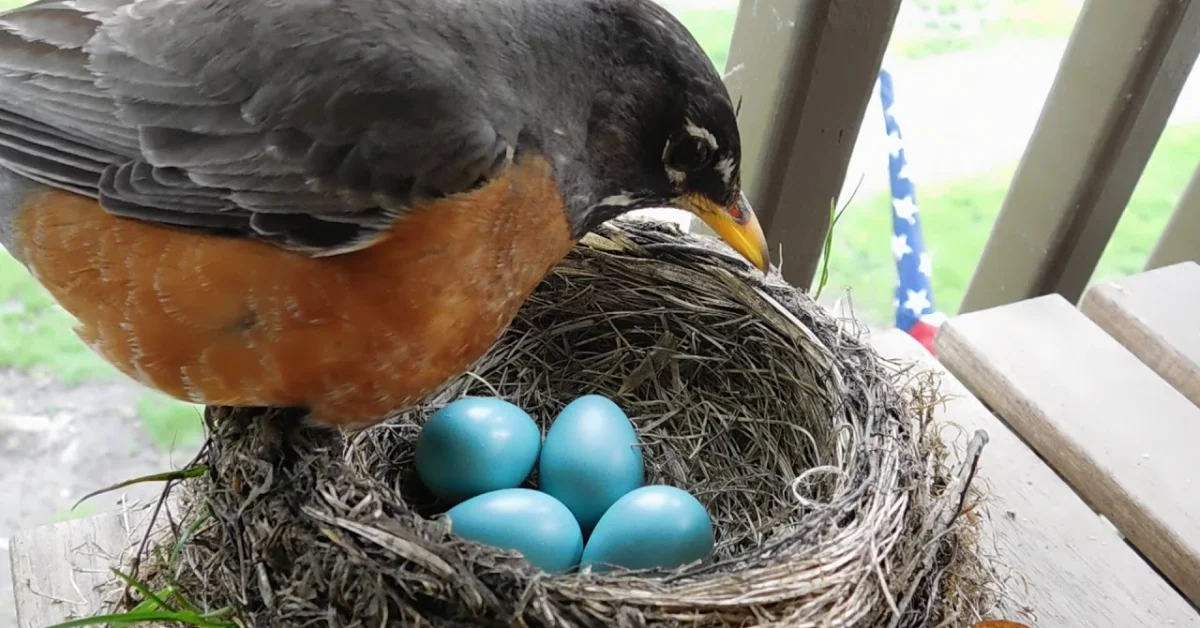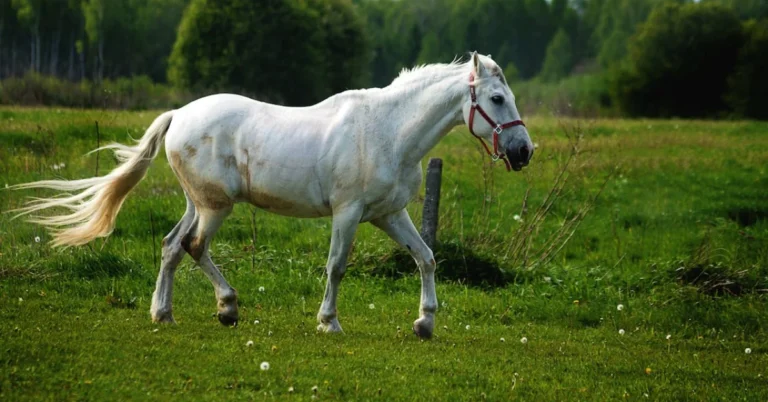Strolling through spring woodlands and thickets, a flash of color arrests your gaze. There against the canvas of leaves rests an oval form in a hue seldom spied in the wild – a vibrant sapphire blue rivaling the most dazzling summer skies, reminiscent of various types of blue birds. Instinct sparks the question – what bird lays blue eggs like this jewel illuminating the greenery? Indeed, while avian eggs spawn in spectrums from chocolate to olive to speckled peach mimicking their nest environments, azure ovals feel otherworldly, as if elf artisans painted them by moonlight. To unveil the origins of nature’s nestled gems, let’s explore the feathered denizens behind blue eggs.
Avian Pigment Production: The Genesis of Blue

While diverse dietary, genetic, and behavioral factors influence egg color diversity across bird taxa, the signature cyan blue shade specifically traces to one key pigment called biliverdin. Produced by the degradation of red heme blood cells in avian liver and spleen tissues, biliverdin concentrates as a bile waste molecule excreted normally into intestines aiding digestion. However, in certain species, specialized shell glands near the ovaries reabsorb free-floating pigment particles which then embed within layers of calcium carbonate and shell membranes growing on the egg surface during the 24 hours before oviposition, including blue birds in California.
Binding to the spongy shell cuticle, biliverdin produces a visible turquoise color while also filtering light penetration to protect embryos. Some species exploit additional biliverdin antioxidant and antimicrobial defenses safeguarding chicks as shells thin over incubation. While concentration varies, as little as 1 nanogram of pigmentation per egg square centimeter colorizes shells visibly blue. Through this physiological process of converting waste to aesthetic function, biliverdin gifts birds with dazzling reusable byproducts!
Ecological Significance: Why Blue?

If obtaining biliverdin remains possible for essentially any bird species, why limit eggshell decoration to blue alone? Researchers suggest certain ecological conditions selectively favor brighter blue hues. Since biliverdin absorbs wavelengths of light, including the warming infrared spectrum, a heated bird bath may enhance the cooling effects upon shells, likely aiding thermoregulation of eggs in hot climates while deterring embryo overheating. Open cup nests, especially those near a heated bird bath, benefit over enclosed cavities trapping heat. Visibly, blue also blends with open sky settings for specific species, whereas forest-dwelling birds mimic woodsier hues to avoid predator detection.
Additionally, recent evidence indicates some blue egg layers may enhance foraging capacity specifically seeking biliverdin sources naturally abundant in berries and certain insects only seasonally available. Preferentially targeting carotenoid and flavonoid-rich items supplies female songbirds sufficient antioxidant nutrition benefiting both maternal health and the development of vibrant blue bird eggs, serving as colorful and costly signals demonstrating fitness to males during mate selection. Tracking seasonal dietary shifts among blue egg producers could confirm functional rather than purely decorative strategic pigmentation. Ultimately interwoven selective pressures likely spur the brilliant blue phenomenon in particular lineages.
Top Blue Egg Ambassadors: Species Spotlights
Ranging globally across habitats and taxonomies, over 100 classified bird species lay blue eggs occasionally or exclusively. Exhibiting the noteworthy phenotype in common backyard birds and exotic ornithological oddballs alike, blue eggs represent convergent evolution rather than shared ancestry. Let’s showcase 12 stellar examples illustrating the diversity of blue layers spanning settings worldwide, recognizing that hummingbirds fly with their unique grace among them.
1. Eastern & Western Bluebirds

True to their common namesake, North American Sialia bluebird cousins flourish as quintessential sapphire egg exemplars. Western species clutch 4-6 sky-toned ovals colored by the lutein carotenoid diet of insect prey. Meanwhile, 3-7 Eastern eggs per nest shine almost turquoise from biliverdin in the berry buffets. Their eggs stand out sharply against dark cavity wall backgrounds.
2. American Robin

While the robin redbreast garners fame, 3-6 matching blue eggs often surprise observers. Unlike masked relatives shielding such conspicuous eggs, these front yard foragers rely on attentive parenting to protect temporarily exposed ground nests. Perhaps pigments also bolster immunity minimizing risks?
3. Mountain Bluebird

Soaring Montana summits to Pacific coasts, the celestial suits of mountain bluebird pairs inspired their moniker. Fittingly then, their 4-6 eggs glow powder blue, occasionally traced in brown speckles. Nestled in tree hollows, the bright ovals likely aid parent identification and chick development under dark conditions.
4. Blue Jay

While renowned for sapphire and ebony plumage, blue jay pairs lay equally brilliant green-blue eggs, occasionally marked in brown bands. Their open canopy nests face threats from myriad forest predators, making vivid coloring a testament to attentive joint parenting defending the next generation.
5. Common Grackle
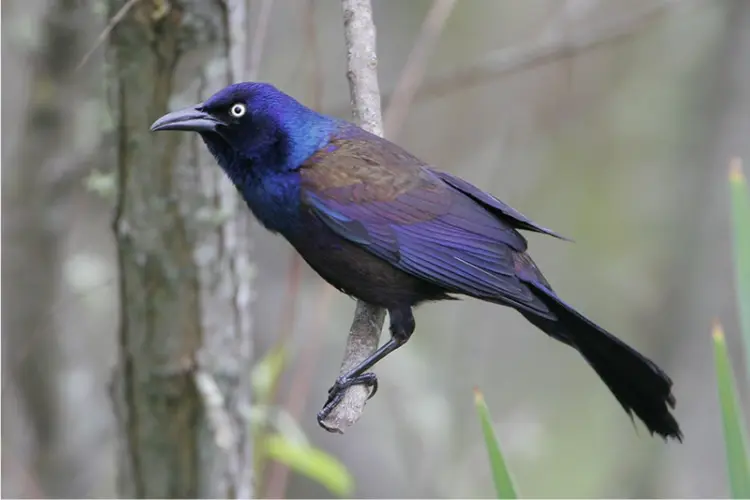
As ubiquitous chatterboxes claim fields and marshes, the iridescent grace of grackle pairs belies their scrappy aggression in defending turf and families. Five eggs are blue as rain puddles speckled in black help camouflage ground nests woven of mud and grass.
6. Northern Flicker
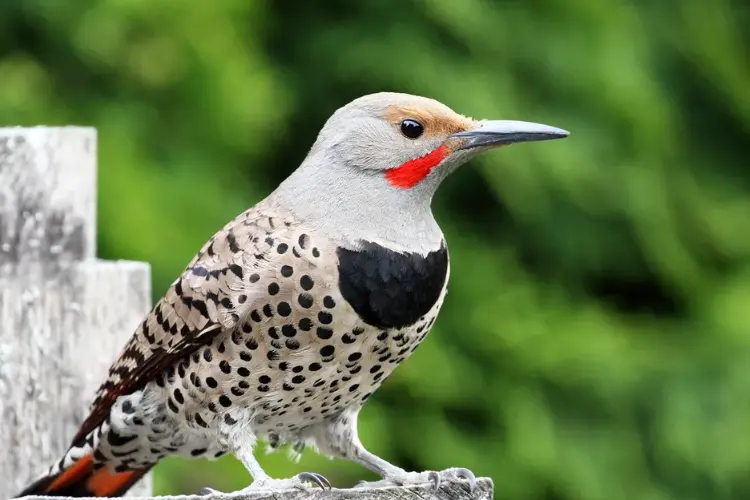
Hammering forest snags and raining bark flakes, these cuckoo woodpecker cousins decorate their woodchip-lined cavity floors with 6-8 eggs in hues ranging from sky blue to greenish turquoise. Unlike classic red-headed flicker plumage, eggs remain unmarked, showcasing coloration alone.
7. Common Myna
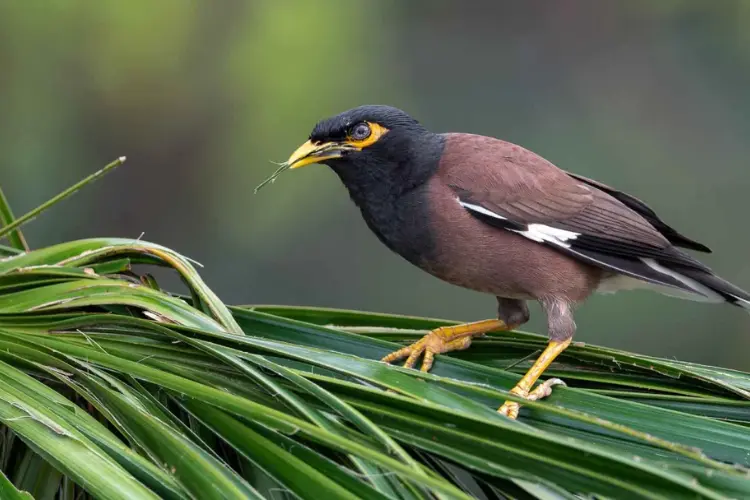
As adaptable Asian native colonizers spread worldwide, 4-6 sky blue mynah eggs grace nests in cavities from rainforest boughs to city light posts! This variability echoes the species’ ability to thrive among extremely diverse settings thanks to behavioral flexibility paired with protective group mobbing of threats.
8. Snowy Egret
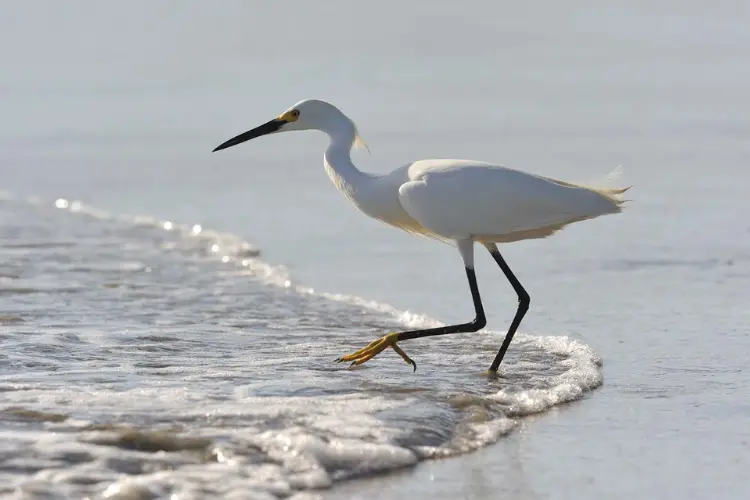
Fanning majestic lacey plumes, snowy egrets stand out as exotic waterbird ecologists. Colonially they construct platform nests holding 3-5 striking blue eggs in marsh grasses. Potentially these visible signals help tight-knit parents pinpoint their own young among hundreds of lookalike chicks in shared nurseries for feeding after hatching.
9. Great Tinamou

On forest floors from Mexico down through Argentina dart secretive chicken-like tinamous wearing cryptic barred plumage shielding surprisingly conspicuous aquatic eggs. Shallow scraped nests cradle up to a dozen pastel blue ovals relying on immobile parents as living decoys to avoid terrestrial predators.
Final Thoughts
Nature’s avian artists paint far more than just cardinal red or robin blue across mysterious eggs. By chasing the origins of this one exceptional color, we discover the remarkable depth of adaptive biology and family bonds driving species propagation. Just as varied pigments selectively color chicks for complex behavioral roles ahead, so egg contents already spin fledglings’ futures. Marbling, speckling, and color intensity speak languages beyond human perception to parent birds guiding critical decisions. As symbols of hope, blue eggs allow us to witness interwoven stories of nature’s resilience. Their inspiring existence reminds us that concealed beauty brightens even the most humble exteriors across life if only we pause to notice.

